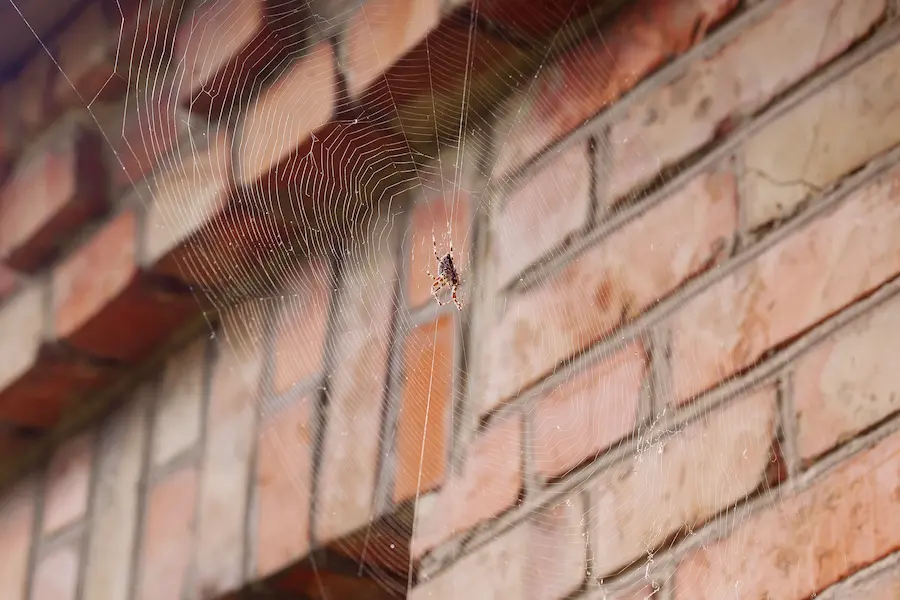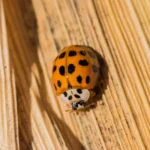
Key Notes:
- It might seem like spider numbers are rising, but their overall population actually drops once temperatures begin to cool.
- Spiders move indoors seeking warmth and shelter, which makes them easier to notice.
- You’re spending more time inside during the colder months, increasing the likelihood of spotting them.
- Tiny gaps around doors, windows, and your home’s foundation act as convenient entryways.
If you’ve started seeing more spiders skittering across floors or spinning webs in corners, there’s likely a seasonal reason behind it. As fall sets in and the air cools, spiders experience major environmental changes. Many species die off when food becomes scarce, but others look for safer, warmer places to survive the season, often inside homes and businesses.
This migration makes them appear more active, even though their numbers are actually declining. It’s simply that the spiders that remain are on the move, rebuilding webs and searching for new spaces to live.
Do Spiders Become More Active During Autumn?
Not exactly. Their behavior doesn’t dramatically change, it’s our visibility of them that increases. Here’s what’s happening:
- In spring, young spiders are tiny and easy to miss, even though they’re active.
- Summer provides abundant insect prey, so spiders stay outdoors and well-fed.
- Once fall arrives, cooler weather drives them indoors to build new webs and hide from the cold.
- Larger spiders have an easier time surviving the winter, making it more common to see them this time of year.
- Web-building species create bigger, more noticeable webs since flying insects are less abundant.
What Happens to Spiders When It Gets Cold?
Cold conditions are tough on spiders, and the insects they rely on. While many die when temperatures drop, some have unique adaptations that help them persist through winter.
Certain species develop a natural resistance known as cold hardening, which allows them to survive freezing weather. These spiders seek out sheltered areas such as under bark, inside piles of leaves, or beneath roof eaves. Of course, the warmth of your home is especially inviting.
Depending on the species, spiders may lay eggs before winter or wait until spring. Though some egg sacs can freeze, many are well-insulated enough to protect themselves until the weather warms again.
Common Spiders Seen in the Fall
Tips to Keep Spiders Out of Your Home This Fall
Because spiders can slip through even the smallest openings, prevention is your strongest line of defense. Try these steps to minimize indoor invasions:
- Seal cracks, holes, and openings along your foundation, walls, and windows.
- Repair any damaged screens.
- Install weatherstripping or door sweeps to block gaps under exterior doors.
- Remove clutter indoors and around your home’s perimeter.
- Trim shrubs, plants, and tree branches that touch exterior walls.
- Vacuum regularly, especially corners, ceilings, and unused areas, to remove webs and egg sacs.
- For complete protection, schedule professional spider control services.
Are Spiders Extra Dangerous in Fall or Winter?
No, spiders don’t become more venomous or aggressive during colder months. They’re just closer to where you live. Indoors, they typically settle in dark corners, basements, or near moisture.
Most spiders are harmless and only bite when they’re disturbed or trapped. Outdoors, they slow down significantly in the cold and only emerge on warmer days before retreating to their hiding spots again.
Call the Spider Control Experts at Bug Out
Spiders play an important role in nature, but they’re not welcome guests in your home or business. If spiders have made themselves too comfortable this season, trust Bug Out for effective, professional spider removal and prevention.
Contact Bug Out today for dependable spider control services in Lubbock TX.





